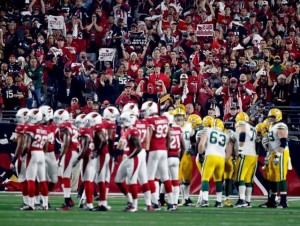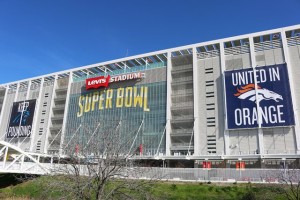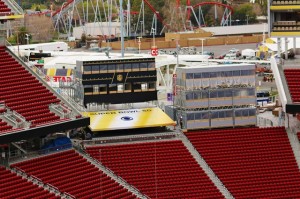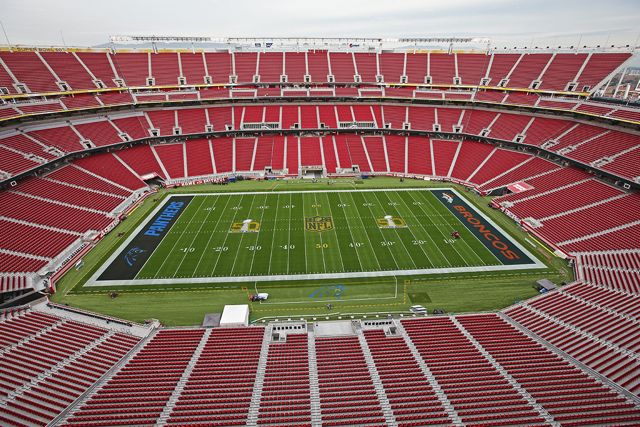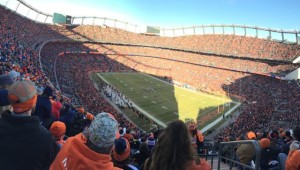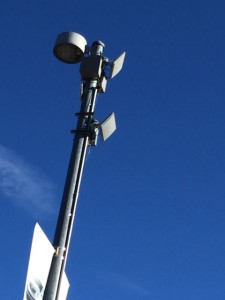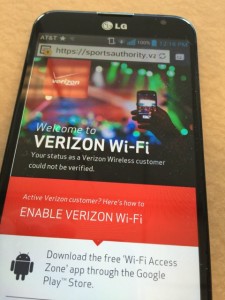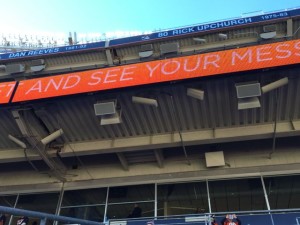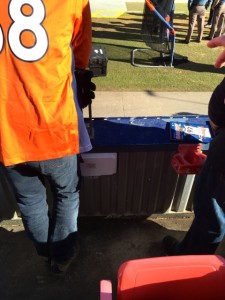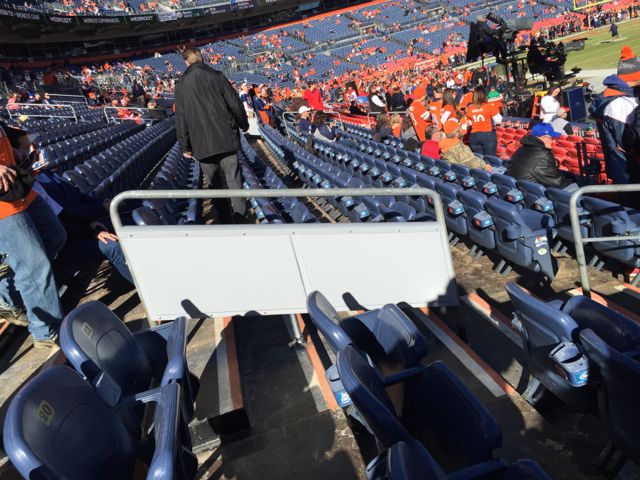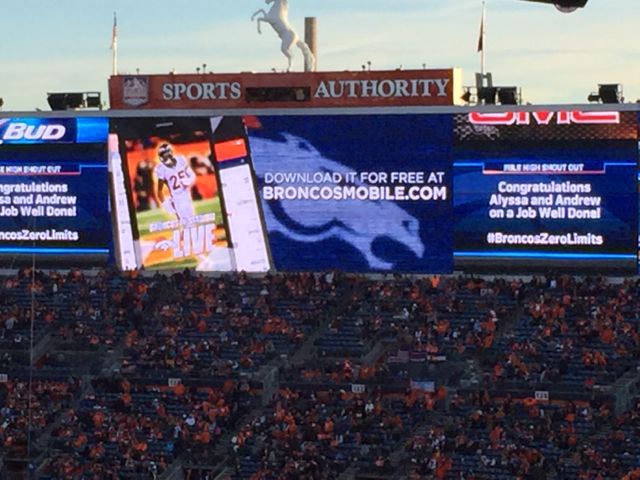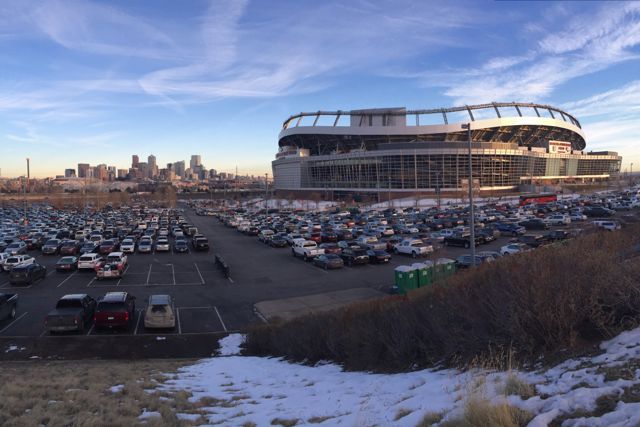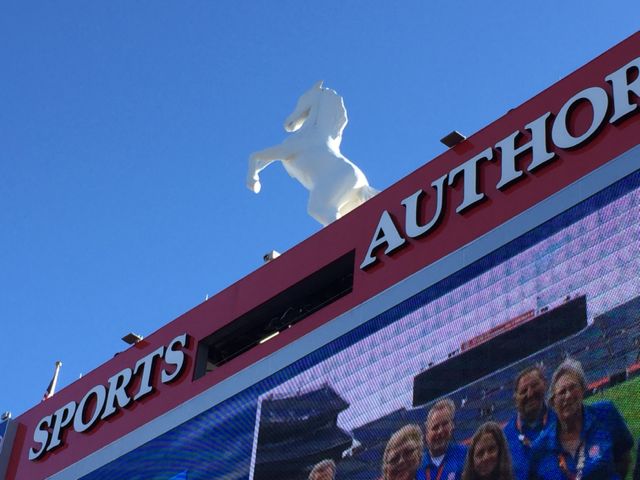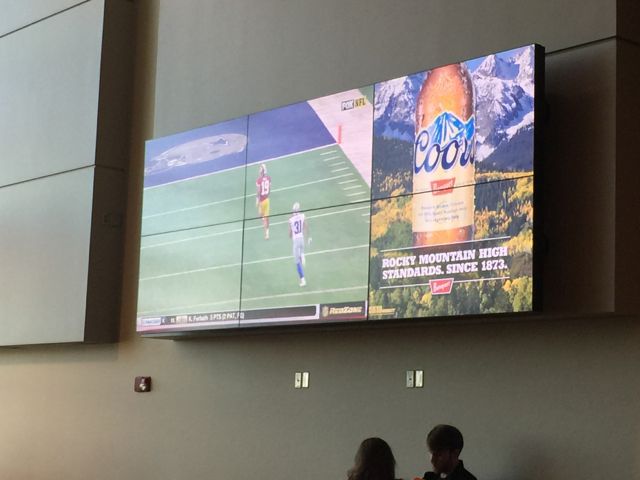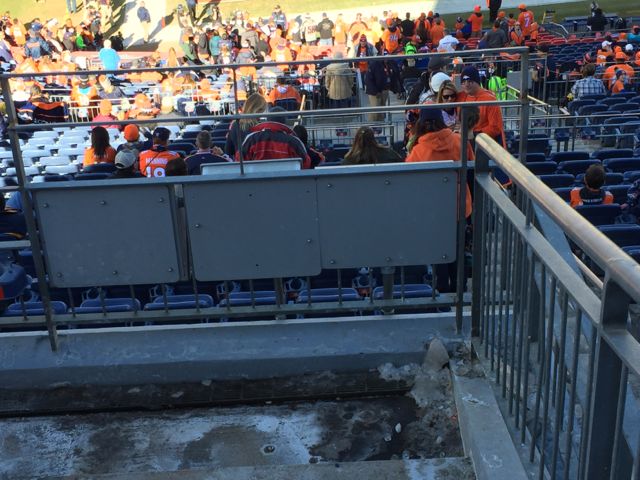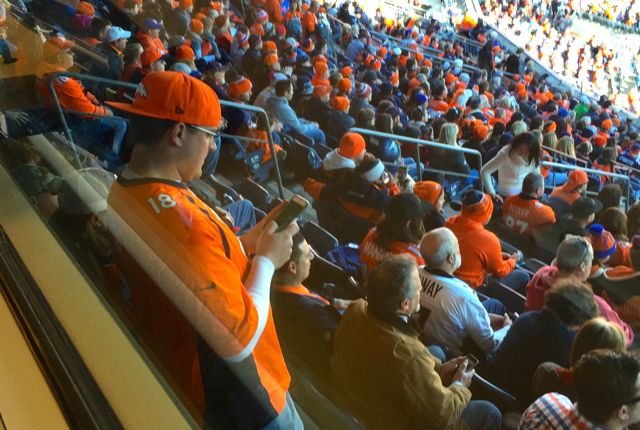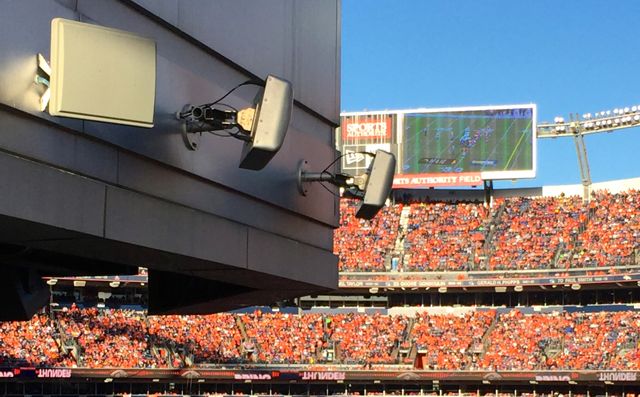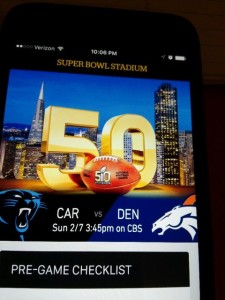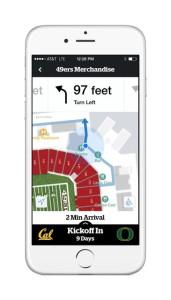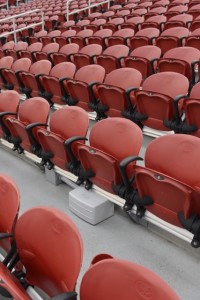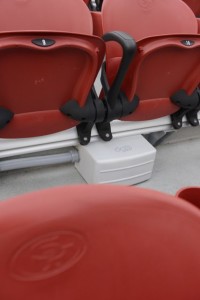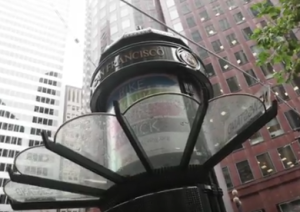Mark Feller, vice president of information technology for the Cardinals, said that during the Jan. 16 game the network also saw 32,330 unique client devices attach to the Wi-Fi network, which Feller said was the highest such total ever and represented a nearly 50 percent take rate since the attendance that day was 65,089. Feller said the Wi-Fi network that day also saw a peak concurrent connected user total of 20,451.
The UoP stadium, which recently hosted the College Football Playoff championship, is still the holder of the single-day Wi-Fi data record, a number of 6.23 TB reached during Super Bowl XLIX last February. All eyes in the Wi-Fi world will be on Levi’s Stadium this Sunday, to see if the record Wi-Fi total number is eclipsed again.
